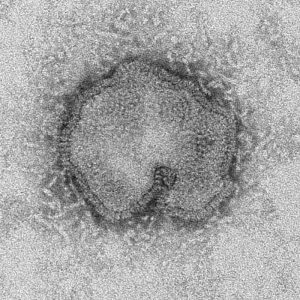The Health and Family Planning Commission of Guangdong Province (GDHFPC) announced the first human avian influenza A(H7N9) case of the year in a female child from Shenzhen.

The 6-year-old girl is hospitalized fro her illness and is reportedly in stable condition.
To date, 456 human cases of avian influenza A(H7N9) have been reported by the Mainland health authorities, respectively in Zhejiang (141 cases), Guangdong (113 cases), Jiangsu (59 cases), Shanghai (42 cases), Hunan (24 cases), Fujian (23 cases), Anhui (17 cases), Jiangxi (eight cases), Xinjiang Uyghur Autonomous Region (eight cases), Beijing (five cases), Shandong (five cases), Henan (four cases), Guangxi (three cases), Jilin (two cases), Guizhou (one case) and Hebei (one case) since first seen in humans in March 2013.
In addition to the cases reported on Mainland China, imported cases of the bird flu have been reported in Hong Kong (11), Taiwan (4) and Malaysia (1).
The available epidemiological and virological information strongly indicates that most known human H7N9 infections result from direct contact with infected poultry, or indirect contact with infected poultry (for example, by visiting wet markets and having contact with environments where infected poultry have been kept or slaughtered).
A minority of cases appear to have resulted from limited person to person transmission. Because H7N9 infections do not cause severe disease in poultry, this infection can spread “silently” among poultry.


2 thoughts on “China reports 1st H7N9 avian flu case of 2015”